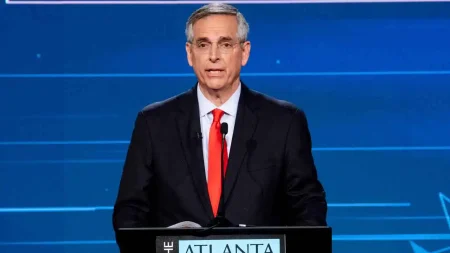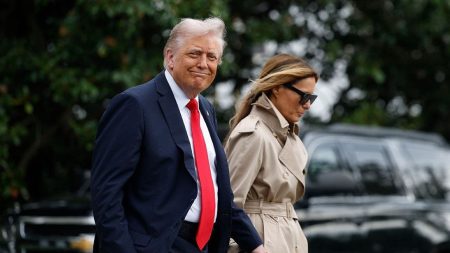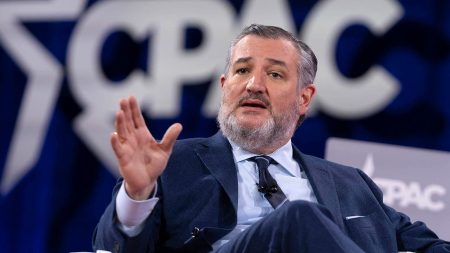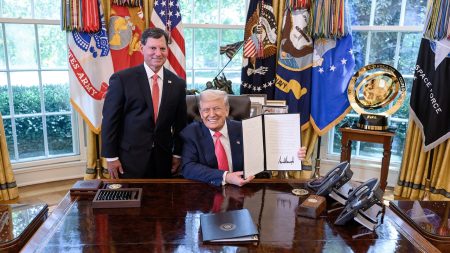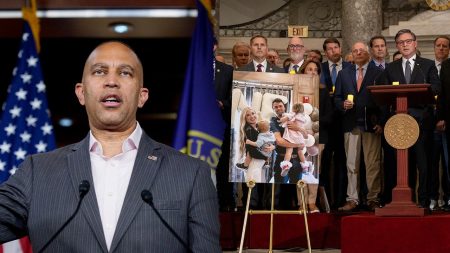Former President Donald Trump plans to reimpose tariffs on imports if he returns to the White House. He has proposed a 10% or 20% tariff on all imports, with a higher tariff of up to 60% on Chinese imports to boost American manufacturing. Despite his praise for tariffs, Trump fails to acknowledge the negative impact they could have on US businesses and consumers. Vice President Kamala Harris refers to these tariffs as a “Trump Tax” and studies have estimated that they could increase costs for the average middle-class family by $1,350 to $3,900 annually.
Trump’s claim that foreign countries pay the tariffs is false, as US-based companies that import the goods are the ones who pay the tariff. Studies have shown that Americans bear the majority of the cost of tariffs imposed during Trump’s presidency, particularly on Chinese products. While his previous tariff actions only covered about 14% of US imports, a potential across-the-board tariff on 100% of imports could have a more significant impact on businesses and consumers.
During his time in office, Trump implemented tariffs on $380 billion worth of imported goods, including a wide range of Chinese-made products like hats, luggage, bicycles, TVs, and sneakers, as well as foreign steel, aluminum, washing machines, and solar panels. The Biden-Harris administration has maintained most of these tariffs and even increased the rates on some products. Trump has suggested that tariffs could help boost domestic manufacturing, create jobs, and generate revenue to pay for other policy initiatives like tax cuts and childcare programs, despite doubts about whether the tariff revenue would be sufficient to cover these costs.
Trump has proposed using tariff revenue to pay for various policy initiatives, such as tax cuts, eliminating taxes on tips and overtime pay, and funding a child care initiative. He has also floated the idea of replacing federal income tax with tariff revenue to reduce the national debt. However, the Committee for a Responsible Federal Budget has estimated that Trump’s tariff plan would not generate enough revenue to cover his other spending proposals, potentially adding $7.5 trillion to the national debt over the next decade. In comparison, Harris’ proposals are estimated to add $3.5 trillion to the national debt.
Overall, while Trump believes that tariffs could benefit American manufacturing and generate revenue to offset other policy costs, the potential negative impact on US businesses and consumers, as well as doubts about the revenue generated, raise concerns about the effectiveness of this economic policy. The debate over the impact of tariffs highlights the trade-offs and complexities involved in implementing such measures and the need for a comprehensive assessment of their consequences on the economy and national debt.





